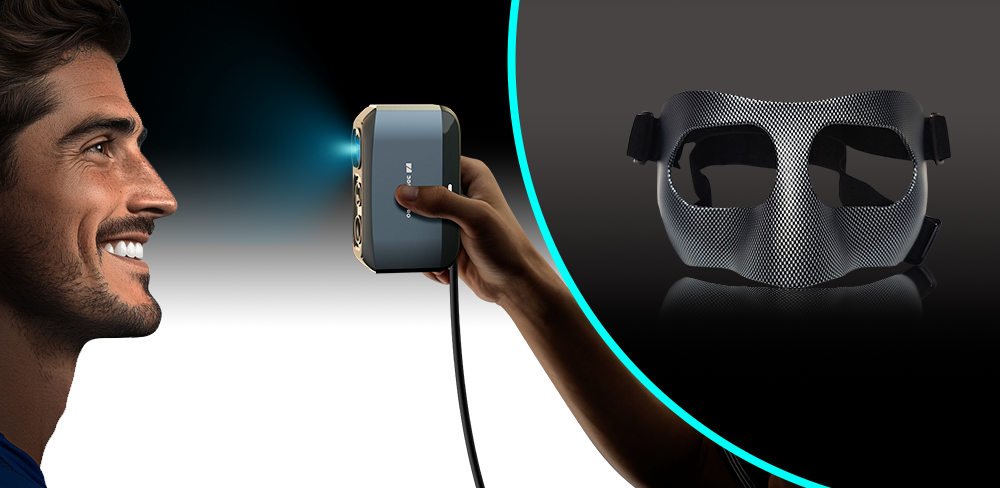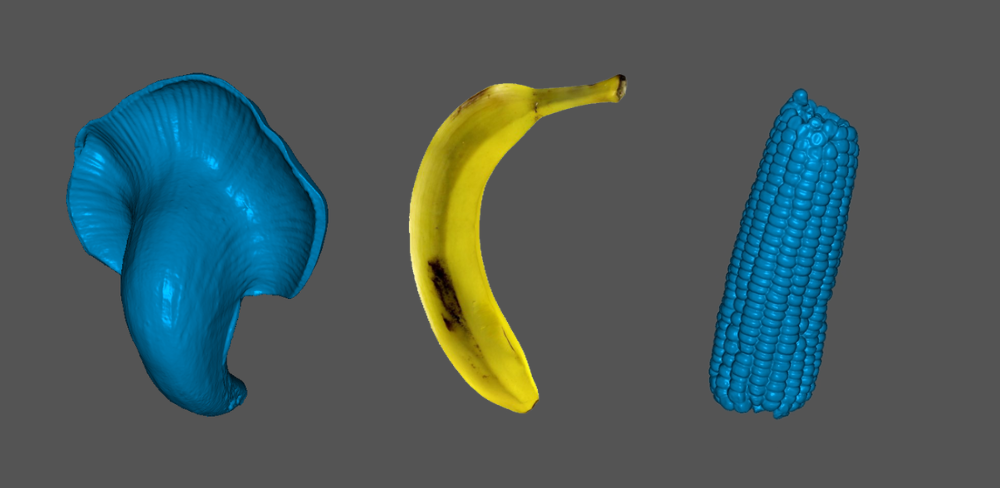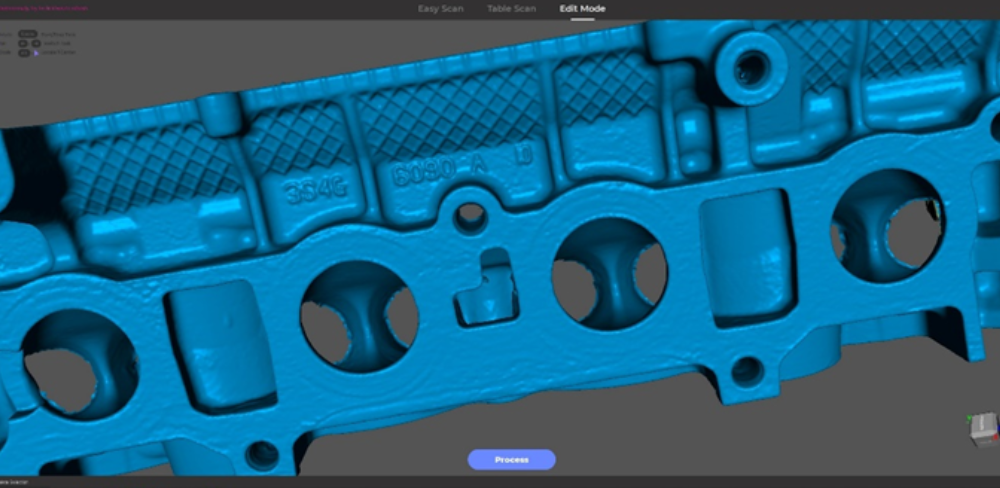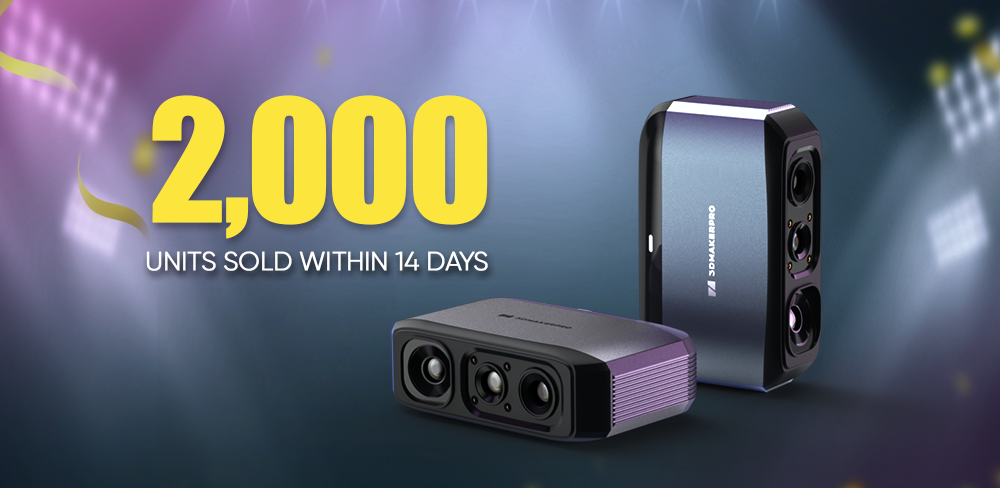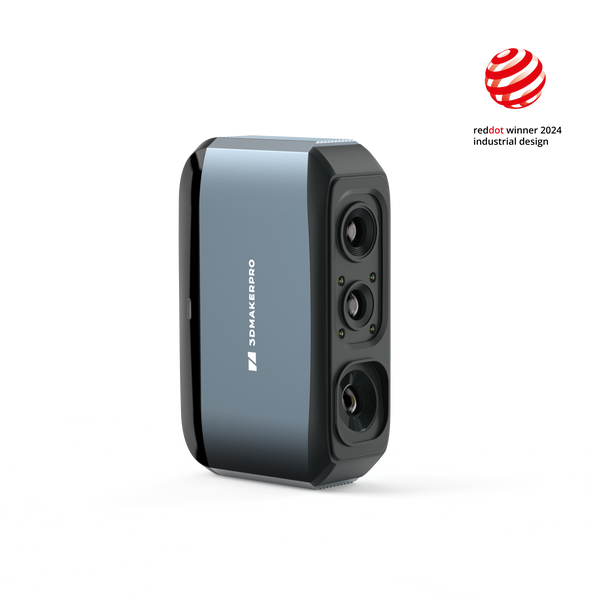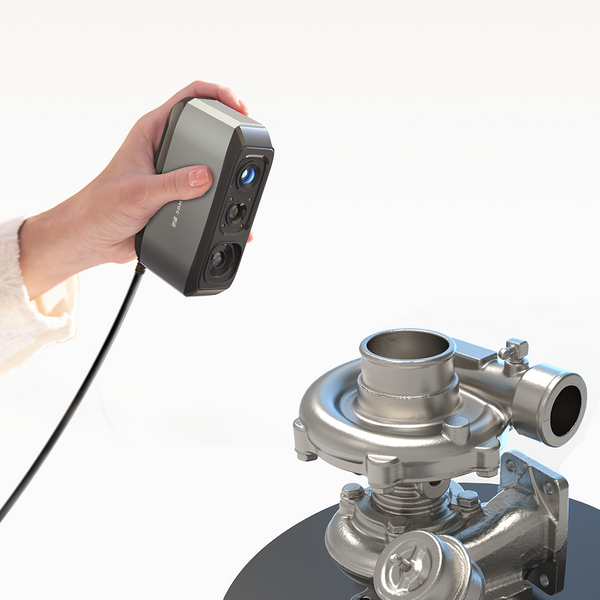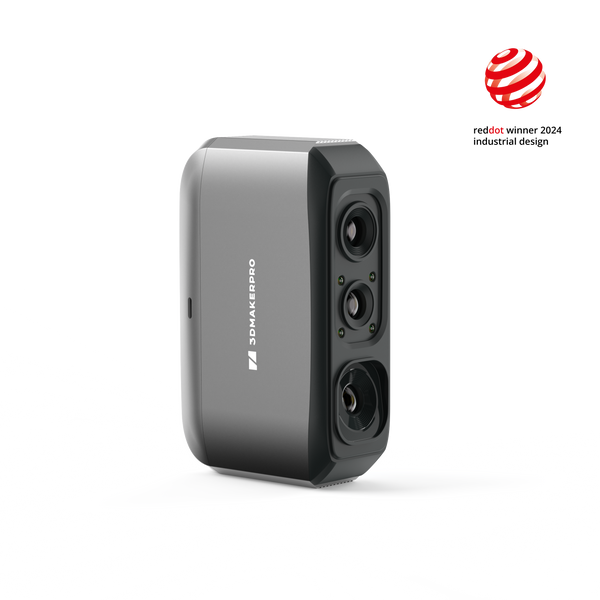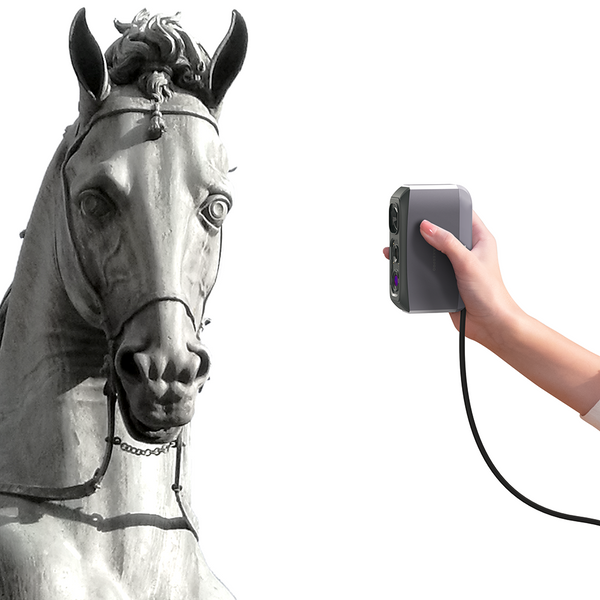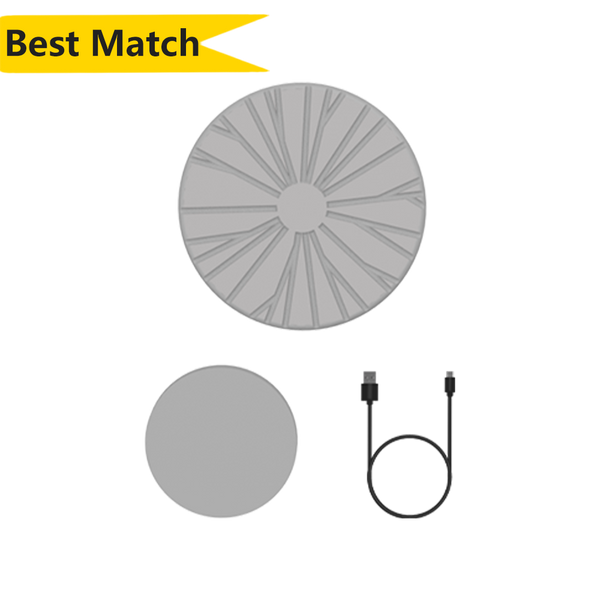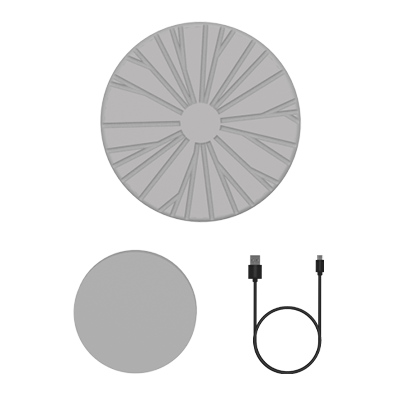In the ever-evolving world of sports, innovation is the key to staying ahead of the competition. One technology that is making significant strides in this arena is 3D scanning. From enhancing training tools to revolutionizing performance analysis, 3D scanning is transforming the way athletes and coaches approach sports.
Revolutionizing Training Tools
3D scanning technology is providing unprecedented insights into athletes' bodies and movements. By creating detailed 3D models, coaches and trainers can analyze an athlete's posture, muscle symmetry, and biomechanics with remarkable precision. This data allows for the development of customized training programs tailored to the unique needs of each athlete, ultimately improving performance and reducing the risk of injury¹.
For instance, Fit:match, a company originally focused on the fashion industry, has expanded its 3D body scanning technology to the fitness sector. Their platform uses augmented reality (AR) and artificial intelligence (AI) to create a digital twin of an athlete's physique. This digital twin provides comprehensive data on body composition, fat and muscle mass, and asymmetries, enabling trainers to visualize progress and make informed decisions about training adjustments¹.
Enhancing Performance Analysis
Performance analysis is another area where 3D scanning is making a significant impact. Traditional methods of performance analysis often rely on 2D video footage, which can be limiting. In contrast, 3D scanning captures the full range of an athlete's movements, providing a more holistic view of their performance.
By analyzing 3D models, coaches can identify subtle inefficiencies in an athlete's technique that might be missed with 2D analysis. This level of detail is particularly valuable in sports like gymnastics, where precision is crucial. Additionally, 3D scanning can be used to monitor an athlete's progress over time, allowing for continuous refinement of techniques and strategies².
Innovating Equipment Design
Beyond training and performance analysis, 3D scanning is also influencing the design of sports equipment. Manufacturers can use 3D scans to create custom-fitted gear that enhances comfort and performance. For example, custom-fitted helmets, shoes, and protective gear can be designed to match the exact contours of an athlete's body and face, providing better protection and reducing the risk of injury.
In motorsports, 3D scanning is used to reverse engineer and optimize engine parts, ensuring that every component is designed for maximum efficiency and performance³. This technology is not only improving the quality of sports equipment but also accelerating the design and manufacturing process.
Conclusion
From concept to reality, 3D scanning is shaping the future of sports innovation. By providing detailed insights into athletes' bodies and movements, enhancing performance analysis, and driving the design of custom-fitted equipment, 3D scanning is revolutionizing the way sports are played and coached. As this technology continues to evolve, its impact on the sports industry is likely to grow, unlocking new possibilities for athletes and coaches alike.
Sources:
¹: Fit:match's 3D Body Scanning Technology
²: Scantech on 3D Body Scanning in Sports Science
³: Creaform's Use of 3D Scanning in Motorsports

